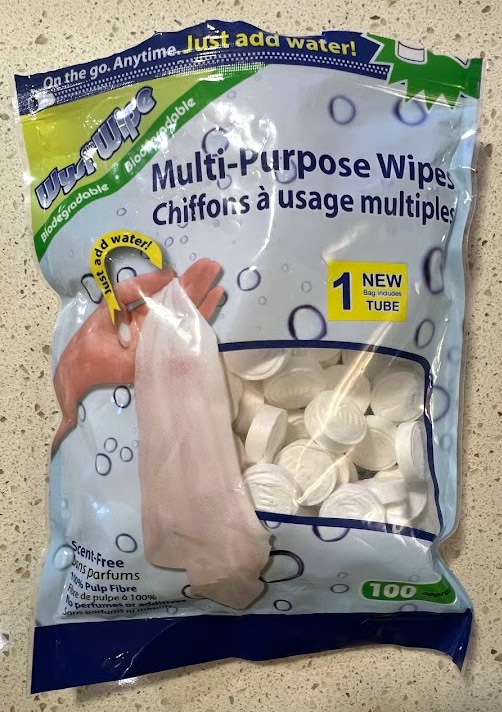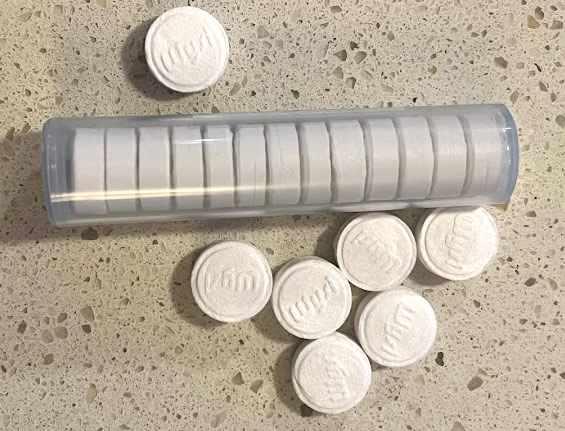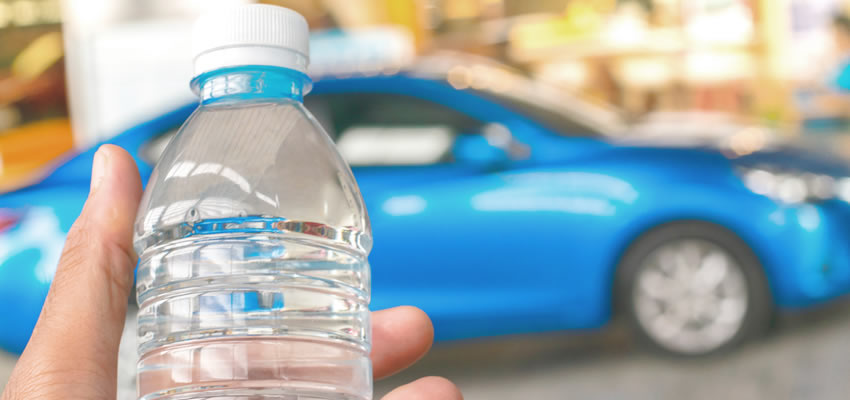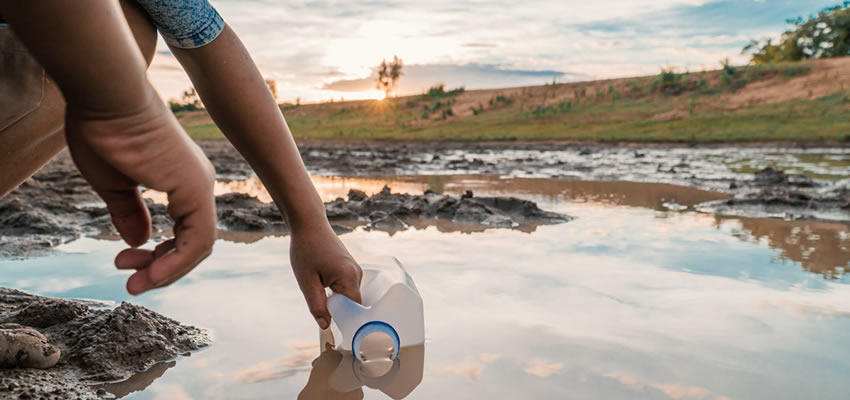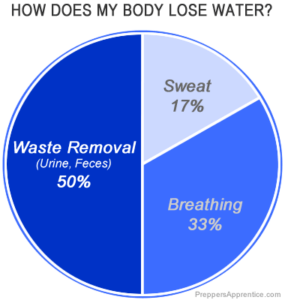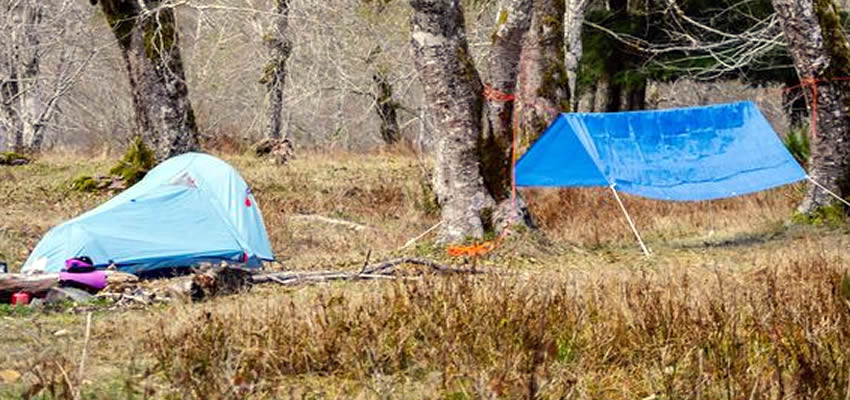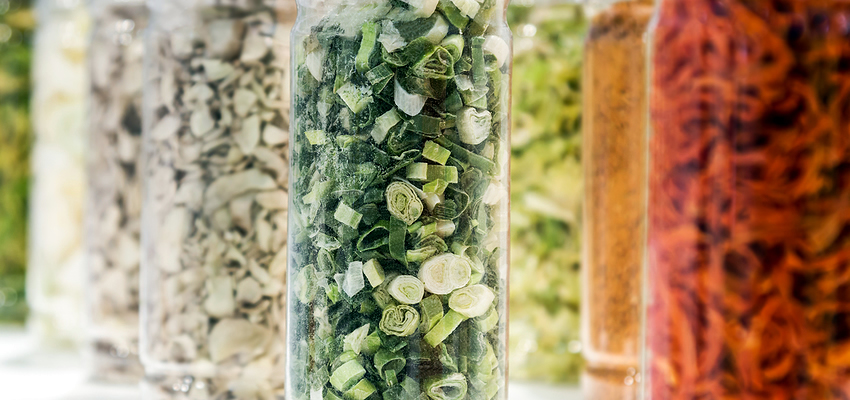As someone who has always been concerned about food security, I keep a close eye on food prices. Recently, I’ve noticed that the cost of pasta has been going up. This should concern all of us because pasta is such a staple food. It’s versatile, relatively cheap, and has a long shelf life. If the price of pasta continues to go up, it could seriously impact our ability to feed families in a crisis.
One way to prepare for rising food prices is to learn how to dry and store your own pasta. With a dehydrator, you can make your own dry pasta at home, which will last for months or even years. This way, you can be sure that you’ll always have access to this essential food, no matter what happens to the price.
5 Reasons to dehydrate and store your own pasta
Reason 1: Pasta is a cheap and filling staple food
Homemade pasta is cheaper than store-bought pasta, and it is also more satisfying and nutritious.
Pasta made from just flour and eggs has all three macronutrients – carbohydrates, protein, and fats. This makes it a filling and satisfying food that can help keep you going throughout the day.
Reason 2: It can be made in large batches for long-term storage
When you make pasta at home, you can easily make large batches that last for months or years. This is a great way to ensure that you always have access to this essential ingredient, even in times of food scarcity.
Reason 3: Pasta can be stored for long periods without losing nutritional value or taste
As long as it’s kept away from moisture and in a sealed container, dried pasta will stay fresh and edible indefinitely. This means you can store it for long periods without worrying about losing its nutritional value or taste.
Reason 4: Dehydrated pasta is easy to store and takes up minimal space
Dried pasta is a great way to save space and weight in your emergency pantry. It takes up less room per serving and weighs less than nearly any other shelf-stable item. It can be packed in many ways: jars, vacuum-sealed bags, or large, airtight, modular containers made for stacking. No matter how you store your pasta, you can find a way to make it fit.
Reason 5: If you can boil water, you will eat.
You only need a pot of boiling water, your favorite dried noodles, and something to flavor it. Seasoning it with a little oil, salt, and pepper will work if you have nothing else. If you can add some dehydrated herbs like oregano and thyme to sprinkle, a simple bowl of pasta becomes insanely delicious.
What kind of pasta is best for dehydrating?
Almost any type of pasta can be dried in a dehydrator. The best kind of pasta to make fresh and dry for storage is made from just water and flour because there are no ingredients that might spoil. Adding other ingredients like powdered vegetables or garlic powder is fine, but we must pay attention when adding oils or animal products. Even then, if proper care is taken, adding an egg or a little oil is not as bad as some would have you believe.
When choosing the type of pasta to dehydrate, there are a few key factors to consider. For one, the shape and size of the pasta will affect how well it dehydrates and how long the finished product takes to rehydrate.
For example, smaller shapes like elbows or shells will take less drying time to rehydrate than larger shapes like lasagna noodles. Additionally, thinner noodles will dehydrate more evenly than thicker ones. This is because the surface area to volume ratio is higher, so the water can evaporate more efficiently.
Rolled vs. Extruded Pasta
When it comes to pasta, there are two main types: rolled and extruded. Rolled pasta is made by flattening the dough and rolling it either with a rolling pin or through a pasta maker, then cutting it into strands or pieces. Think lasagne, fettuccine or linguine. On the other hand, extruded pasta is made by pushing dough through a pasta extruder to create the desired shape. Macaroni, spaghetti, and most shaped pasta are usually extruded. Both types of pasta can be dried for storage, but they will dehydrate differently.
Rolled pasta is much silkier and more flavorful than extruded. One reason is that a period of kneading develops the gluten into long, uniform chains, similar to the gluten development in bread. The other reason is that rolled pasta doughs usually contain eggs. This means you must be careful to dry it entirely in a dehydrator to destroy all bacteria.
On the other hand, Extruded pasta is usually made with just flour and water and needs to be so dry that it crumbles – so there is no kneading or gluten development. The lack of oil or fat in extruded pasta makes for a more durable end product and is more suitable for drying and storage. However, extruded pasta makers are either very expensive or very cheap and unreliable.
Drying Egg Pasta
Using a dehydrator to dehydrate egg pasta is much safer than air drying for three reasons:
- The typical temperature setting used to dehydrate pasta is hot enough to kill any foodborne bacteria.
- The dehydrator can dry pasta completely. Lowering the moisture content in the pasta will also kill the bacteria.
- If some miracle, some dangerous microbe managed to survive the too-hot temperatures and lack of moisture, pasta must be boiled to thoroughly rehydrate from its dry state.
The bottom line is that salmonella and other human-harming foodborne bacteria can’t survive through one aspect of the pasta storing and cooking process, let alone all three.
About Fats and Oils
So what about adding a little olive oil to your pasta? What about adding a bit of sesame oil to your udon? And making pasta with whole-grain flour will be healthier, right?
Not so fast! Adding fats and oils – including eggs in egg pasta – can cause your end product to be shelf stable for a shorter time.
The biggest concern with dehydrating these types of pasta is the fats and oils added to the dough. These can oxidize and go rancid over time, causing an entire package of homemade noodles to become inedible.
And you will find all kinds of expert advice warning you against dehydrating and storing anything containing fats without storing it in the freezer afterward. This advice should be taken into account.
But in reality, rancidity is avoidable. I’ve never had anything go rancid. I’ve also talked with several other seasoned dehydrator users and have not heard of a case where rancidity caused problems.
Using high-quality ingredients can help ward off rancidity, but proper storage has the most benefit. I’ll talk more about how to keep all of your dehydrated pasta shelf-stable for long-term storage later.
Method: How to Dehydrate Pasta in a Dehydrator
This method assumes you already know how to make fresh pasta. If you don’t, look at this experiment over at Serious Eats, but remember that pasta dough is easy. If you only have a single egg and all-purpose flour, use it. Get into it and enjoy it.
You will need
- Your fresh pasta in whatever shape or cut you prefer
- A food dehydrator with drying trays
- Flour for dusting
- For long noodles, a scale is convenient
Step-by-step instructions
- If pasta is freshly cut or shaped, let it rest until it dries enough to be safely handled.
- Generously sprinkle flour on your countertop. Place empty dehydrator trays next to this spot.
- When the pasta has rested enough to handle, lightly dust it with flour.
- For long noodles, like spaghetti, fettuccine, or linguine, weigh out approximately 4.5 oz of noodles for a single serving.
- Move pasta pieces to a dehydrator tray. If using shapes or wide noodles, make sure each piece has enough room. No touching, if possible.
- If you’ve weighed out your long noodles, create a pile or nest for each serving directly on the tray. Keep piles loose to allow air to flow through.
- Once the trays are all full or all pasta is used, place all trays in the dehydrator.
- Set the dehydrator to 135°F and turn it on.
- After two hours have passed, check on the pasta. If it bends or springs back quickly, continue dehydrating. Keep checking every half hour. Most pasta will be finished after four hours, but it could be as long as 24 hours, depending on your ingredients and noodle thickness. It isn’t easy to dehydrate your noodles too much.
- Noodles are finished when they snap instead of bending when folded.
- When it’s time to cook your pasta, keep a very close eye on it. There is no real way to tell how quickly it will cook—cooking time will change based on what fresh pasta recipe you used and how thick your noodles are.
How to Store Your Freshly Dehydrated Pasta
Bag into the number of servings required to feed your family for one meal. A serving of dried pasta is typically 2 ounces, though I admit I double up for spaghetti. So consider what you use to make a meal and weigh your pasta accordingly.
If you aim to eat your freshly dehydrated pasta in the next three months, storing your pasta in airtight containers and Ziploc bags is acceptable.
If you want to keep your pasta on the shelf indefinitely, vacuum-sealed bags will keep excess moisture and air out for long-term storage. This is more important in places with high humidity than in arid areas. Pasta is very hardy, and it’s unlikely anything will happen unless the vacuum seal is broken.
Add oxygen absorbers to your vacuum packs if your pasta has fats or oils. They will keep oils from oxygenating and going rancid. If you want extra protection against lingering moisture, consider adding silica gel packs.
Conclusion
The bottom line is that you can dehydrate pasta in a dehydrator without any problems if you take the necessary precautions. The entire process can take as little as three hours or as much as Your shelf-stable dehydrated pasta will last indefinitely by using high-quality ingredients and proper storage methods.
I hope this article has helped clear up some misconceptions about dehydrating pasta. It’s a great way to have a quick and easy meal on hand and a great way to preserve your pasta for long-term storage. So get dehydrating!
Bonus: My Super-Quick Fresh Pasta Lunch Recipe
This great little fresh pasta recipe will help you learn how to work a pasta dough and understand how it should feel and respond. It’s a small enough recipe to make a small pot of pasta several times a week.
Mix 100g of flour with an egg to start. Once the dough comes together, rest for 10 minutes, then knead for about 8 minutes (or use the dough hook on a KitchenAid for 5) until the dough is springy and silky. Rest for 30 minutes more. Cut or roll into the desired shape (I’m making farfalle) and let rest again until firm enough to handle. Cook in salted boiling water for 1-2 minutes and remove. Cooking for longer than 2 minutes will make your fresh noodles soggy and gross. Serve with your favorite sauce or sprinkle with coarse salt, cracked pepper, olive oil, and Italian herbs.
FAQ
Can I dehydrate pasta using an oven?
I can’t say for sure, but I bet no oven will run at a low enough temperature due to food safety concerns.
How can humidity affect how my pasta dehydrates?
How can I tell if my stored pasta has too much moisture?
What kind of flour is best for making shelf-stable pasta?
Can I dehydrate pasta with sauce on it?
The rehydration part will depend on what’s in your meal and how much sauce you have. Try weighing your spaghetti before and after dehydration and adding the difference in boiling water.
Many backpacking sites and forums have plenty of great recipes, like this exciting recipe for Pasta Bark from The Backpacking Chef. (Full disclosure: I’ve never tried it.)




